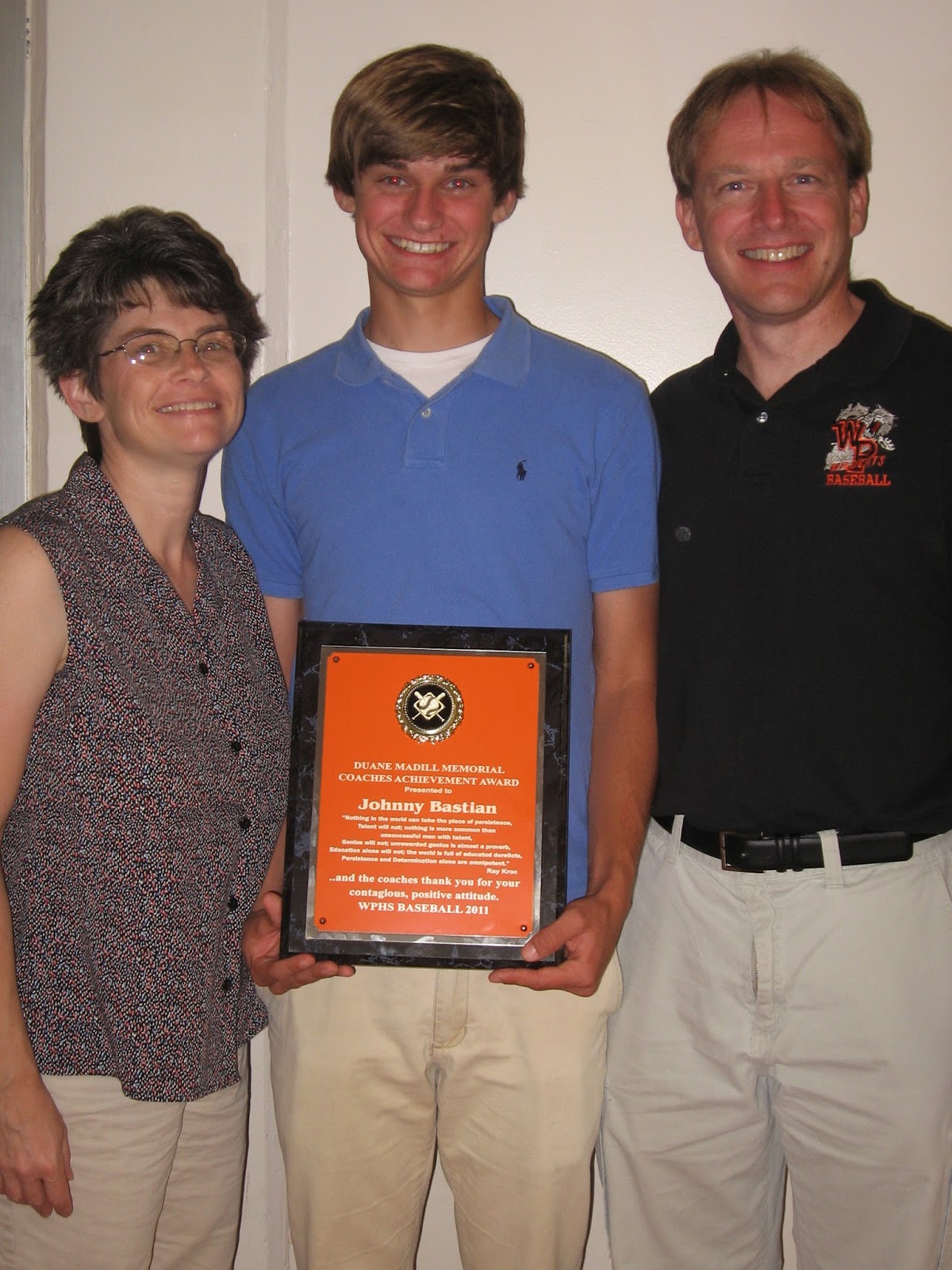 Course development and content varies from high school to high school. The same is true from home school to home school. When developing a high school course for a student, a parent educator can access many resources as guides for content.
Course development and content varies from high school to high school. The same is true from home school to home school. When developing a high school course for a student, a parent educator can access many resources as guides for content.This year, due to the talent and interest of one our children, we will be developing a high school drawing and painting class. Drawing and painting? What would a drawing and painting class entail? My mind takes off, thinking of the possibilities.
My first quest, find out what a typical high school drawing and painting class might include. Visiting the DOE site I found Drawing and Painting I, a one-credit course. According the Florida DOE site, the purpose of this course is to "enable students to develop basic perceptual, observational, and compositional skills necessary to communicate a range of subject matter, symbols, ideas, and concepts using knowledge of drawing and painting media, processes, and techniques.The content should include, but not be limited to, the use of tools and materials, art vocabulary, elements of art and principles of design, critical thinking and analysis, historical and cultural perspectives, connections between visual arts and other subject areas, personal and social benefits, collaborative skills, and career opportunities."
I looked at the stated objectives for the course and immediately realized putting together an art class was possible. My daughter and I sat and brainstormed. What specific areas of art are of interest? What media and techniques would she want to experience? Where could we find information and instruction to create a high school level (or above) class? Who might be able to provide mentoring or instruction in this area of interest? What galleries might we be able to visit? How could we incorporate art appreciation and art history into her study?Where might she be able to display art pieces she creates? How is art, or one's knowledge of art, incorporated into various careers?
After our discussion, my daughter's interest turned to self-motivation. She began to dig and discover for herself. What resources we found! I realized her intrinsic interest in drawing and painting could be fostered at home as well as in the community. Real life. Real people. Real art media. Real learning. And, the best part, she had already begun her study...while I was busy finding ways and ideas to support her interest.
*The information in this blog post is not intended as legal or educational advice. It is simply a journal of what worked for us. Parents are responsible to oversee their child's home education.




















.jpg)